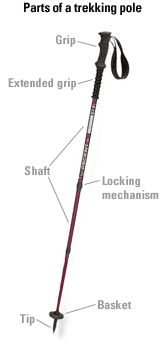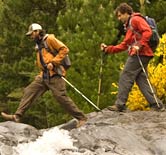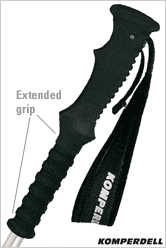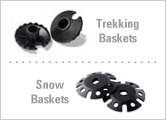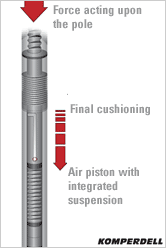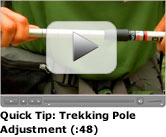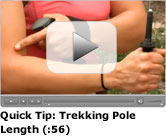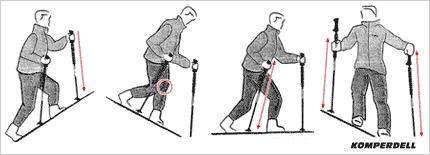Water management can be one of the big challenges that can truly affect your pack weight. Fear tends to drive what we carry. The three hardest fears to dealt with are getting cold, hungry and thirsty. If you carry a 100oz. Camelback filled with water then you are carrying 8 pounds for the container and water; plus you never really know how much water you have consumed nor how much you have left.
Why carry so much? How long and how many miles can you walk around your home without taking a drink? For me it is 8-10 miles or 3-4 hours. Try it! Learn your limits. Are you ready to be pushed out of your comfort zone?
Instead of a Camelback or other hydration system I like to carry my water in a PowerAde bottle. This way I can keep tabs on how much I drink and how much I have left. My hydration bags are used as part of my water filter system and as a backup if my PowerAde bottle is compromised.
Before bedding down for the night I make sure I have a number of liters of water that are treated and ready for me and others in the morning, especially when hiking with kids. If the next day’s hike has known sure water sources I drink a couple liters of water before leaving camp then only carry 500mls of water with me until I get to the water source. When I get to the water source again I drink 2+ liters until the next water source. This is also know as cameling up.
Instead of 8+ pounds of water in a heavy Camelback, I’m carrying only 1 pound in a used PowerAde bottle that is a huge difference. If you are hiking in dry areas then you can carry more when you need to.
Why carry so much? How long and how many miles can you walk around your home without taking a drink? For me it is 8-10 miles or 3-4 hours. Try it! Learn your limits. Are you ready to be pushed out of your comfort zone?
Instead of a Camelback or other hydration system I like to carry my water in a PowerAde bottle. This way I can keep tabs on how much I drink and how much I have left. My hydration bags are used as part of my water filter system and as a backup if my PowerAde bottle is compromised.







